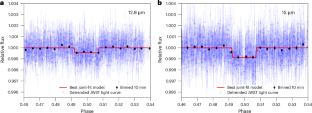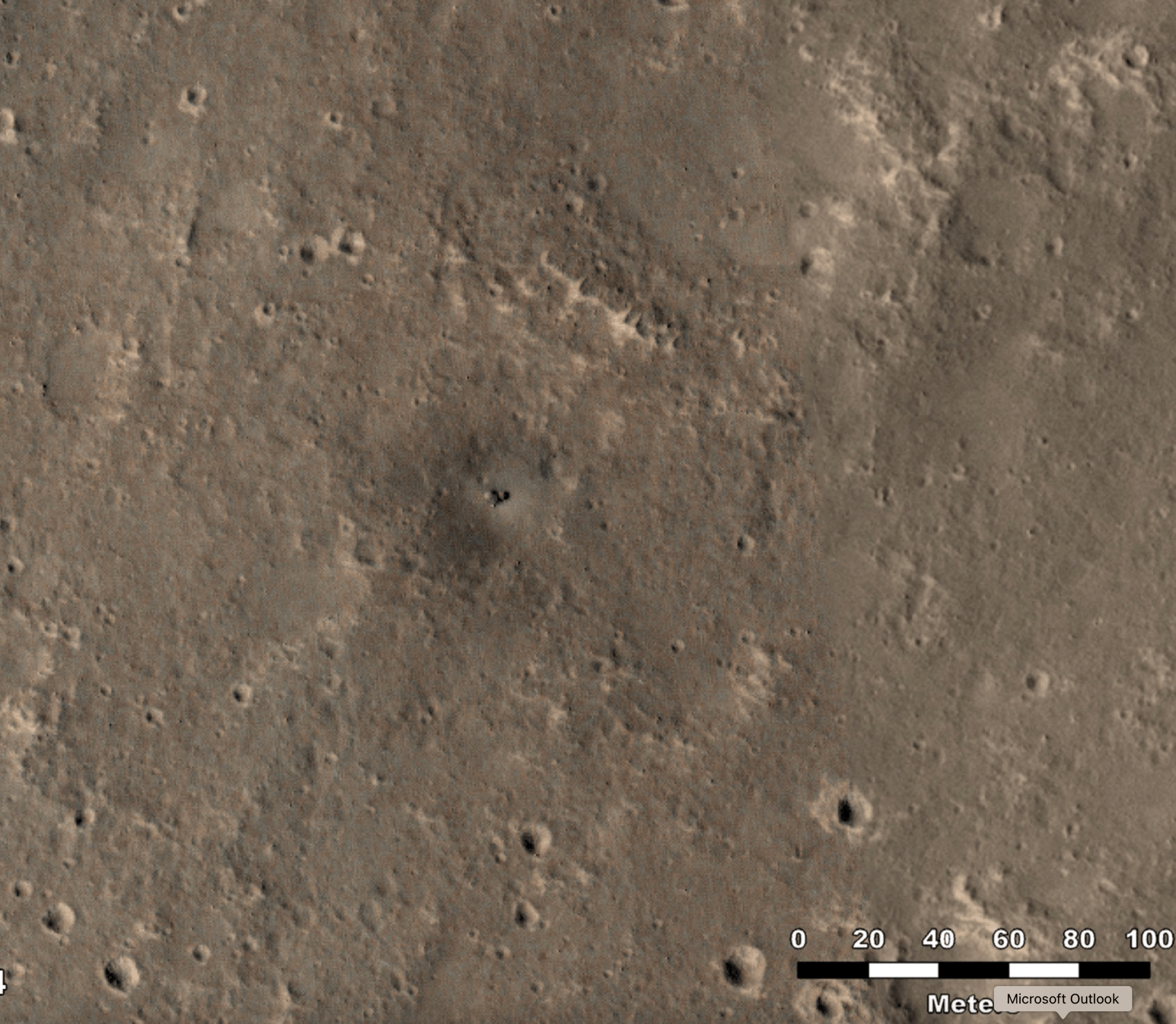2024-12-16 マックス・プランク研究所
<関連情報>
- https://www.mpg.de/23867891/trappist-1-b-atmosphere
- https://www.nature.com/articles/s41550-024-02428-z
12.8μmと15μmのJWST/MIRIによるTRAPPIST-1 bの食観測の複合解析 Combined analysis of the 12.8 and 15 μm JWST/MIRI eclipse observations of TRAPPIST-1 b
Elsa Ducrot,Pierre-Olivier Lagage,Michiel Min,Michaël Gillon,Taylor J. Bell,Pascal Tremblin,Thomas Greene,Achrène Dyrek,Jeroen Bouwman,Rens Waters,Manuel Güdel,Thomas Henning,Bart Vandenbussche,Olivier Absil,David Barrado,Anthony Boccaletti,Alain Coulais,Leen Decin,Billy Edwards,René Gastaud,Alistair Glasse,Sarah Kendrew,Goran Olofsson,Polychronis Patapis,… Gillian Wright
Nature astronomy Published:16 December 2024
DOI:https://doi.org/10.1038/s41550-024-02428-z

Abstract
The first James Webb Space Telescope/MIRI photometric observations of TRAPPIST-1 b allowed for the detection of the thermal emission of the planet at 15 μm, suggesting that the planet could be a bare rock with a zero albedo and no redistribution of heat. These observations at 15 μm were acquired as part of Guaranteed Time Observer time that included a twin programme at 12.8 μm to obtain measurements inside and outside the CO2 absorption band. Here we present five new occultations of TRAPPIST-1 b observed with MIRI in an additional photometric band at 12.8 μm. We perform a global fit of the ten eclipses and derive a planet-to-star flux ratio and 1σ error of 452 ± 86 ppm and 775 ± 90 ppm at 12.8 μm and 15 μm, respectively. We find that two main scenarios emerge. An airless planet model with an unweathered (fresh) ultramafic surface, that could be indicative of relatively recent geological processes, fits the data well. Alternatively, a thick, pure-CO2 atmosphere with photochemical hazes that create a temperature inversion and result in the CO2 feature being seen in emission also works, although with some caveats. Our results highlight the challenges in accurately determining a planet’s atmospheric or surface nature solely from broadband filter measurements of its emission, but also point towards two very interesting scenarios that will be further investigated with the forthcoming phase curve of TRAPPIST-1 b.



